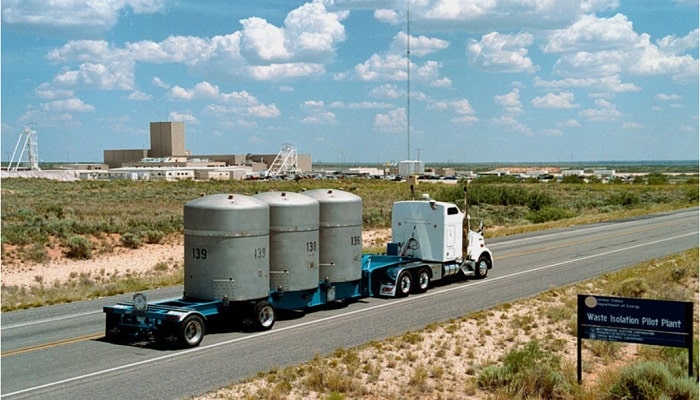A division of the US engineering and construction company Bechtel has been chosen by the US Department of Energy (DoE) to run a subterranean nuclear waste disposal site in New Mexico. The Nuclear Waste Partnership’s contract, which expires in September, will be replaced by the Carlsbad-based Waste Isolation Pilot Plant (WIPP).
In order to achieve this, the federal government has hired Tularosa Basin Range Services (TBRS), a company that includes the Bechtel National division, to manage day-to-day operations with Los Alamos Technical Associates. According to projections, the project might cost up to $3 billion over a ten-year period.
According to Dena Volovar, executive vice president of Bechtel National, the task of properly disposing of defense-related nuclear waste is essential for safeguarding people and the world.
They are honoured to be given this responsibility and are looking forward to working with the WIPP team and the Carlsbad neighbourhood. The WIPP is a network of tunnels that were excavated from an old salt bed more than 2,000 feet below ground. Since it began operating in 1999, it has stored and disposed of waste from 22 US-based government nuclear sites.
The trash was gathered since the 1940s as part of the country’s nuclear defence effort and consists of clothing, tools, rags, rubbish, dirt, and other materials that have been polluted with trace amounts of plutonium and other man-made radioactive elements.
For more than 44 years, Bechtel National has assisted in the cleanup of DoE sites, including those in South Carolina, Washington, Idaho, and Nevada. Given that the company focuses on mine management, it is a strong contender to ensure the integrity of subterranean caverns due to its considerable expertise in this field.
The company has extensive experience in the nuclear industry and recently teamed up with 12 Polish companies to construct numerous nuclear power facilities in that nation as part of a growing diplomatic alliance.
Nuclear waste is very unlikely to reach the surface because it is more than 2,000 feet underground.
Currently, it is assumed that one of the least dangerous ways to dispose of nuclear waste is to simply bury it. Dealing with waste will be a significant problem if nuclear fusion becomes a common technique.




































